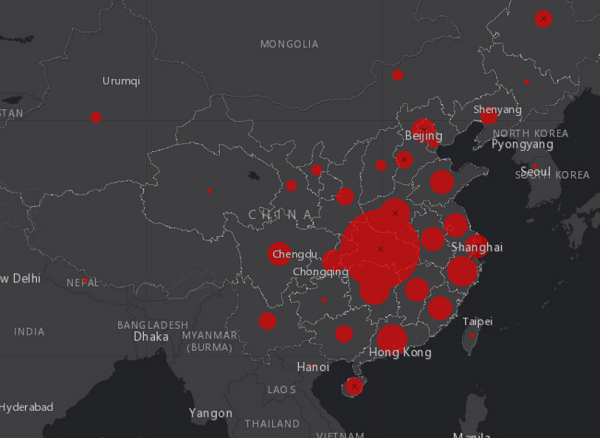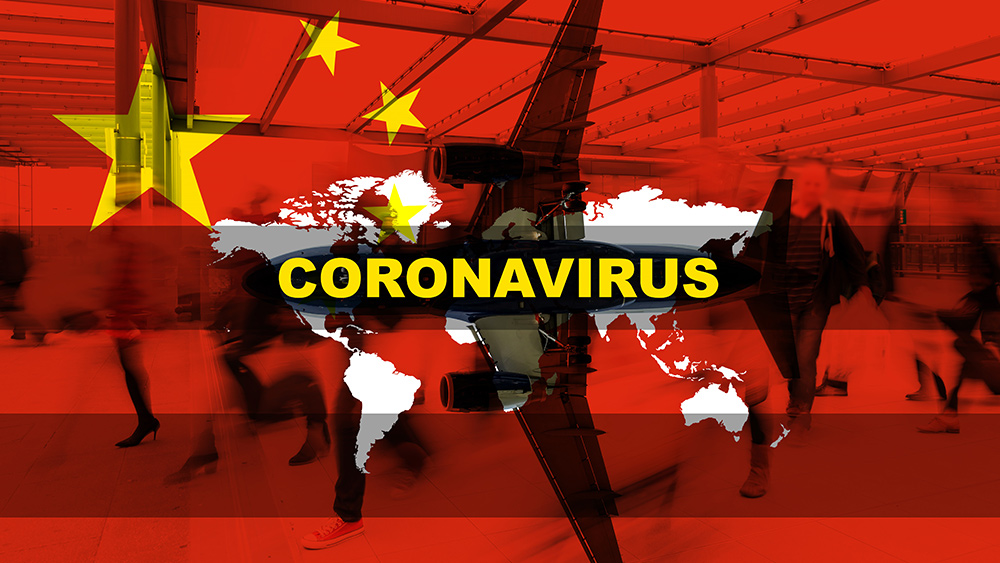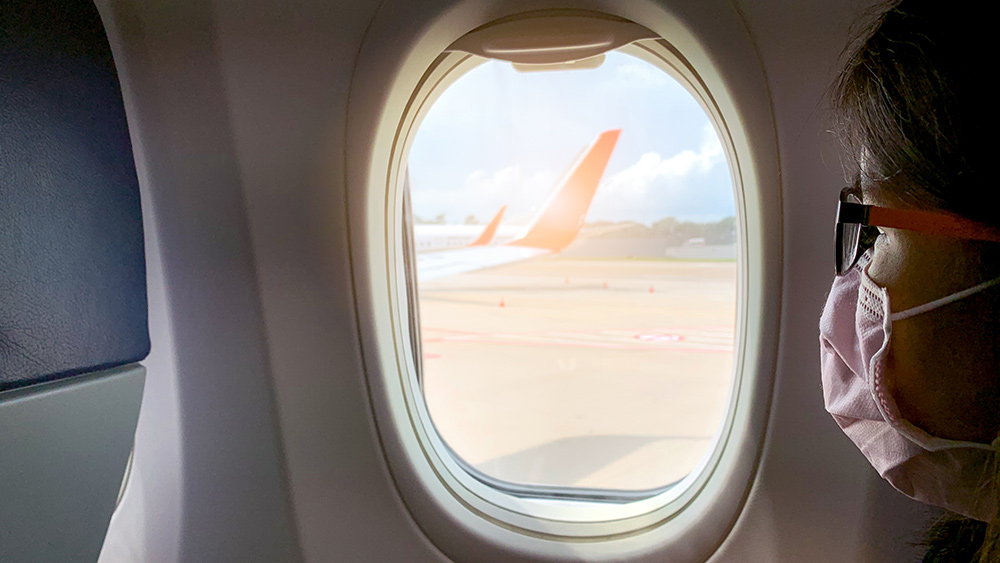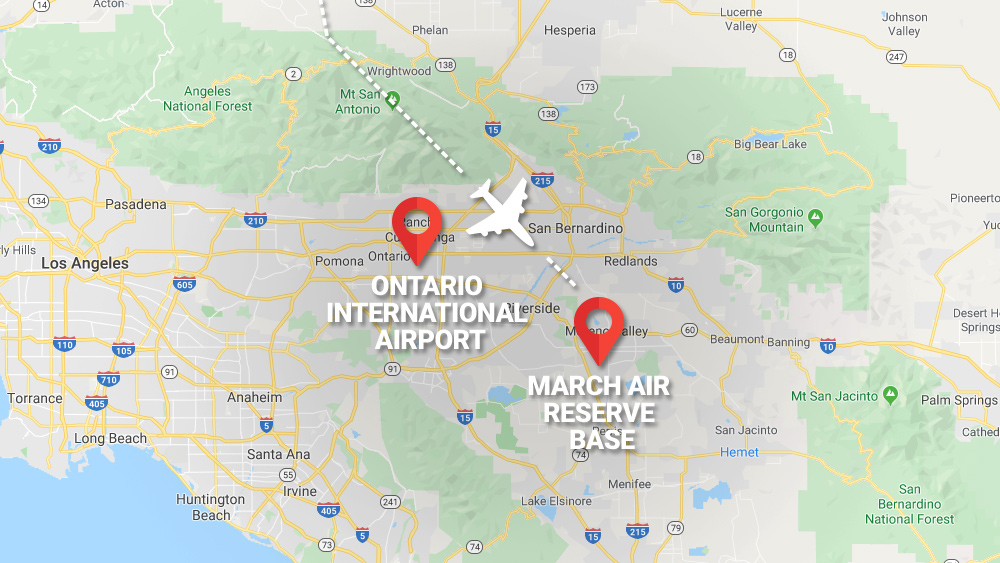W.H.O. just declared coronavirus a global emergency
01/31/2020 / By Ethan Huff

After multiple earlier meetings that concluded with declarations of no-go, the World Health Organization (W.H.O.) has finally decided to dub the coronavirus outbreak a global emergency.
Since there are now multiple reported cases of human-to-human coronavirus transmission outside of China, including in the United States, W.H.O. officials made the choice to issue a more dire warning in the interest of public health.
“The main reason for this declaration is not what is happening in China but what is happening in other countries,” announced W.H.O. chief Tedros Adhanom Ghebreyesus.
Around the same time, the U.S. State Department issued a level-four warning against all travel to China after previously advising Americans to simply “reconsider” traveling to China.
On January 30, the first reported case of human-to-human coronavirus transmission in the United States occurred in Chicago, according to officials, escalating fears of a potential pandemic situation unfolding.
At least seven other similar human-to-human cases have also been reported, including in Germany, Japan and Vietnam.
“Let me be clear: This declaration is not a vote of no confidence in China,” Ghebreyesus added, praising what he called the “extraordinary measures” that have been taken by China to halt the spread of coronavirus.
In a more bizarre take on the situation, U.S. Commerce Secretary Wilbur Ross praised the virus itself for triggering a series of events that he says could “accelerate the return of jobs to North America.”
Others, however, are concerned about the lives being affected by coronavirus, particularly in poorer countries that lack the infrastructure to keep it even moderately contained.
“The 2014 Ebola outbreak in West Africa – the largest in human history – showed how easily poorer countries can be overwhelmed by such outbreaks,” writes James Gallagher for BBC News.
“And if novel coronavirus gets a significant foothold in such places, then it would be incredibly difficult to contain.”
Coronavirus infections have skyrocketed by more than 1000 percent over the past week
However, it already seems like coronavirus is difficult to contain even in the more developed countries where it’s already picking up steam in terms of its spread.
Over the past week, it turns out, the number of coronavirus infections has increased by more than 1000 percent, suggesting that the situation could already be spiraling out of control.
Now, the total number of infections is still relatively small when looking at global population numbers. But with an R0 value as high as four, according to some reports, and an incubation period of up to two weeks, it remains to be seen how many silent carriers are quietly infecting people now, only to show up in the official numbers a week or more from now.
ID2020 is ready and waiting to be launched in response to coronavirus
As you might expect, there’s already talk about a coronavirus vaccine being fast-tracked for approval, which just so happens to coincide with the soon launch of ID2020, which will combine digital identification with vaccination.
The ID2020 Alliance, along with GAVI and other partners, announced back in the fall that this new digital identity program will incorporate digital biometrics into vaccines, and some are speculating that the coronavirus outbreak might just be the catalyst necessary to implement it on a global scale.
“Digital ID is being defined and implemented today, and we recognize the importance of swift action to close the identity gap,” stated ID2020 Executive Director Dakota Gruesner at its official unveiling.
“Now is the time for bold commitments to ensure that we respond both quickly and responsibly. We and our ID2020 Alliance partners, both present and future, are committed to rising to this challenge.”
More coronavirus news is available at Outbreak.news.
Sources for this article include:
Tagged Under: coronavirus, disease, Global Pandemic, health freedom, infections, outbreak, pandemic, person-to-person, privacy watch, Public Health, transmission, viral, virus, WHO, World Health Organization


















